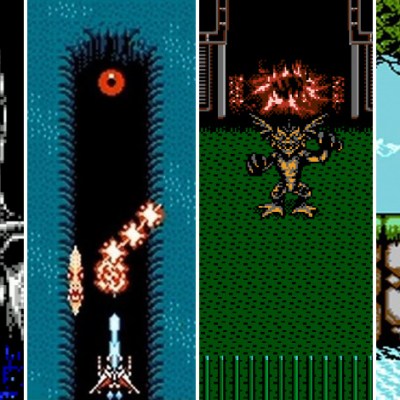25 Best Game Boy Advance Games
The Game Boy Advance may not have stuck around for very long, but it still had a great lineup of games. Here are the 25 best!
The Game Boy Advance had a brief yet beautiful heyday. Released in the summer of 2001 as the long-awaited full-color successor to the Game Boy line, developers quickly filled the handheld’s library with perfect ports of 16-bit classics and new games that epitomized the best parts of the Super Nintendo and Sega Genesis era.
But with the Sony PSP breathing down Nintendo’s neck, the company shifted focus to the Nintendo DS in 2004, just three years after the release of the GBA. Still, GBA games continued to trickle out in North America until 2008. Many of these games still hold up remarkably well.
Here are the 25 greatest Game Boy Advance:
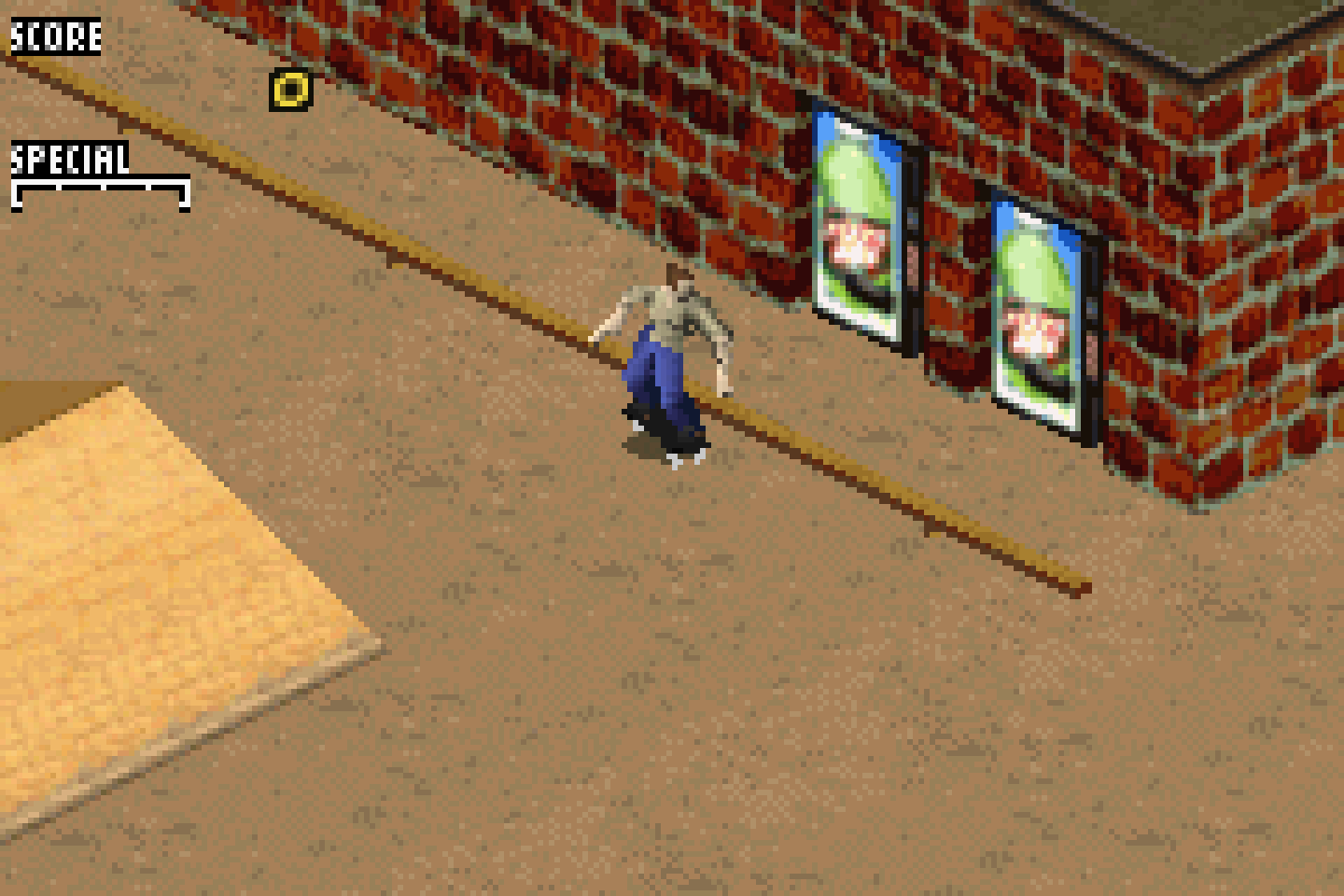
25. Tony Hawk’s Pro Skater 2
2001 | Vicarious Visions
The long-running Tony Hawk series really did peak early with the second entry, which added bigger levels and more opportunities to connect tricks for huge combos. This was one of the biggest titles around the turn of the millennium, so obviously, Activision wanted to put a version of it on the GBA. Of course, because the handheld was just a little more powerful than a SNES, it couldn’t handle the 3D graphics of the PSX, N64, and Dreamcast version.
The solution to this problem was ingenious. Vicarious Visions created large, static isometric levels that were nearly identical to the console versions. You could still skate around as a pixelated version of your favorite skater with complete freedom, and somehow the trick controls still worked pretty well on the tiny handheld.
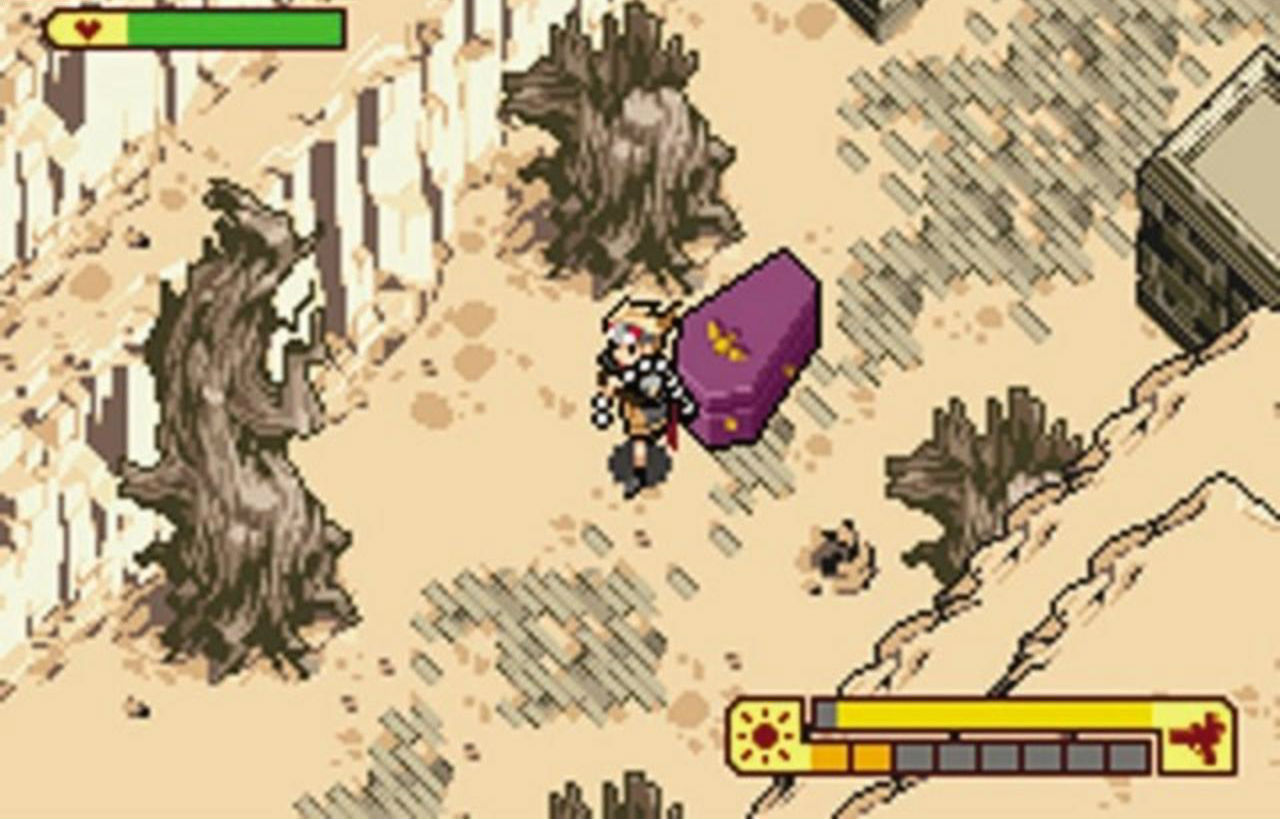
24. Boktai
2003 | Konami Computer Entertainment Japan
There had never before been a game like Boktai before, and there may never be a game just like it again. The cartridge for this action RPG shipped with a light sensor that you had to charge in the sun to fill up your sunlight guns, which were used to fight vampires in-game. If you didn’t have any sunlight, you had to play Boktai like a stealth game and avoid enemies. Inputting your time zone would also affect the gameplay in various ways, including the time of day.
Produced by Metal Gear Solid creator Hideo Kojima, this is one of the most unusual, creative, and just plain fun handheld games released for any system. It’s just a shame that the light sensor means it can’t really be ported to other systems.
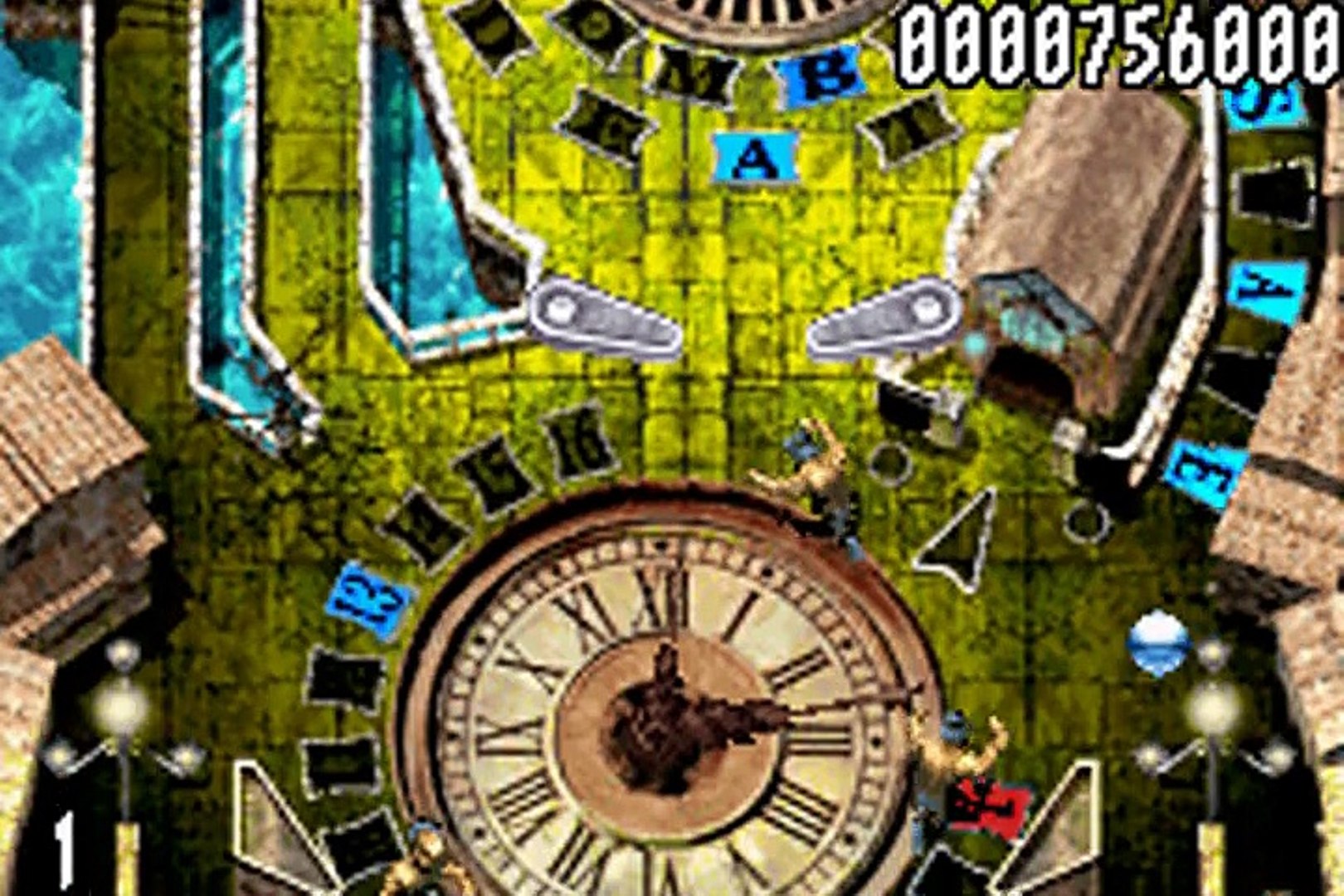
23. The Pinball of the Dead
2002 | Sega
Sega has never been shy about shoving its House of the Dead zombies into new genres that don’t really need the undead (see also The Typing of the Dead and Sega Superstars Tennis), but The Pinball of the Dead is easily the best example of a game made better by zombies. At its core, this is a re-telling of The House of the Dead 2 through three pinball tables. All of the tables here are fantastic, even better than a lot of what you’ll find in Pinball FX 2 today. The quick action of pinball is perfectly suited for a handheld, and you haven’t really played pinball until you’ve hit a ball through a half-dozen undead creatures and into a giant zombie’s face. It’s a shame that the game has been largely forgotten since its release.
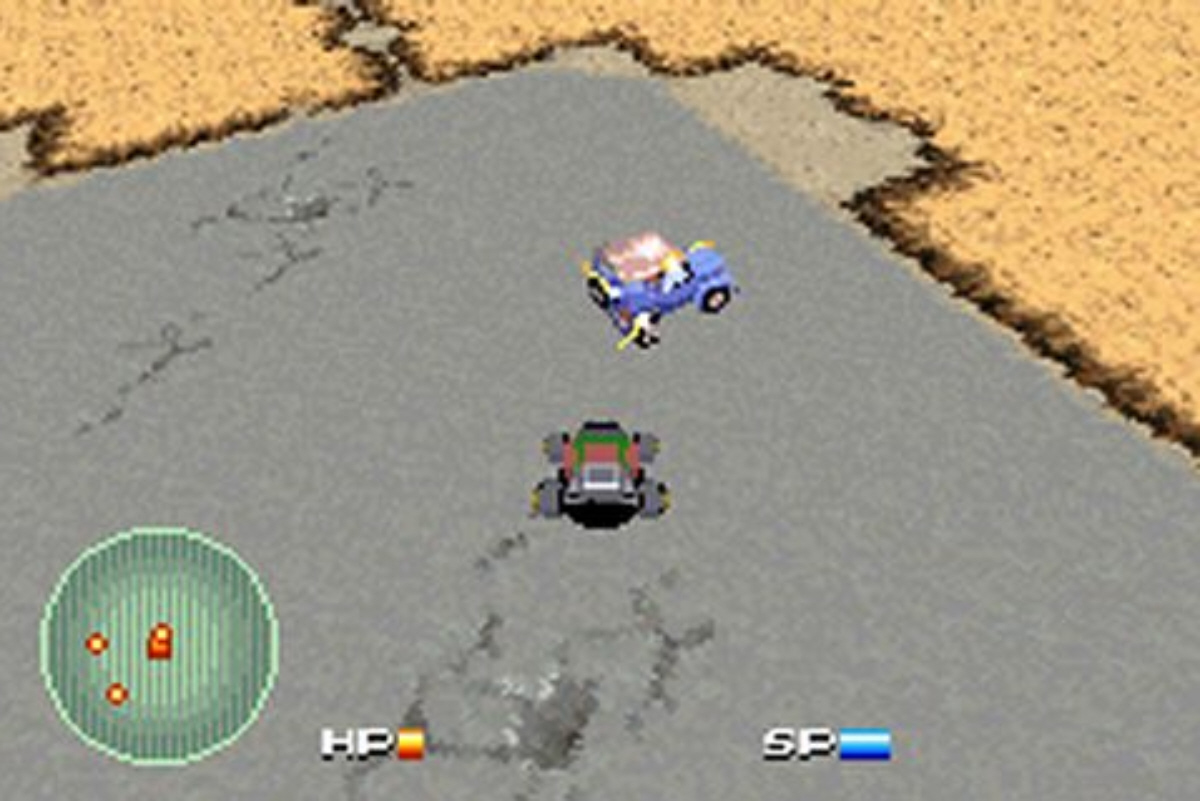
22. Car Battler Joe
2002 | Ancient
At its core, Car Battler Joe is a cutesy Twisted Metal RPG. There are only four car types available, but each can be outfitted with a huge number of weapons, and Overdrive features that can affect the speed and handling of your car. The story is pretty basic RPG fare, with slight Mad Max influences, but the 7-style battles are where the gameplay really shines, and they still hold up pretty well today. Car Battler Joe has always been one of the more underrated games on the GBA, but at least now its readily available on the Wii U.
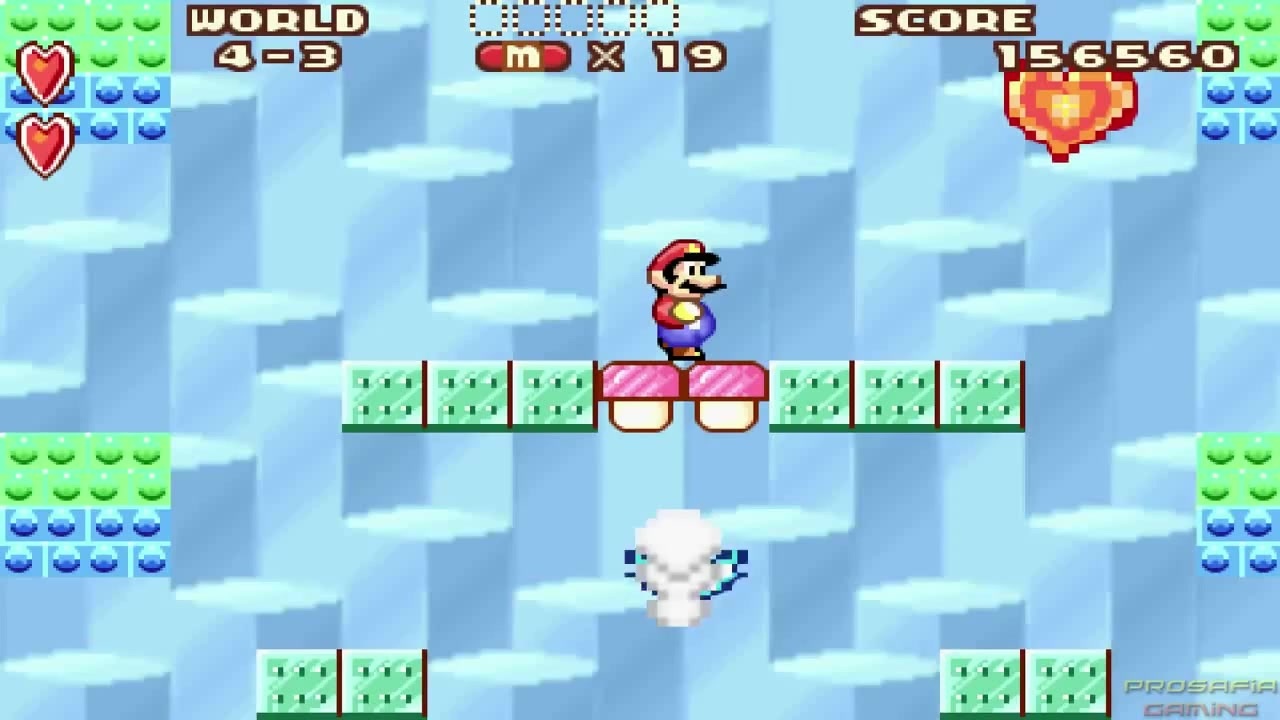
21. Super Mario Advance
2001 | Nintendo
The saga of Super Mario Bros. 2 is well known at this point. Nintendo thought the real Super Mario Bros. 2 in Japan would be too difficult for American gamers, so they took an unrelated game called Doki Doki Panic, slapped Mario, Luigi, Toad, and Princess Peach onto it, and called it a day, confusing the hell out of American kids in the late ‘80s who wanted to know what happened to the goombas and fireflowers from the first game.
Because the gameplay is so different, Super Mario Bros. 2 has received a lot of criticism over the years. It’s not a bad game at all though, and the tweaks in this GBA remake, like better graphics and a new boss, easily make it the best version of this misunderstood classic.
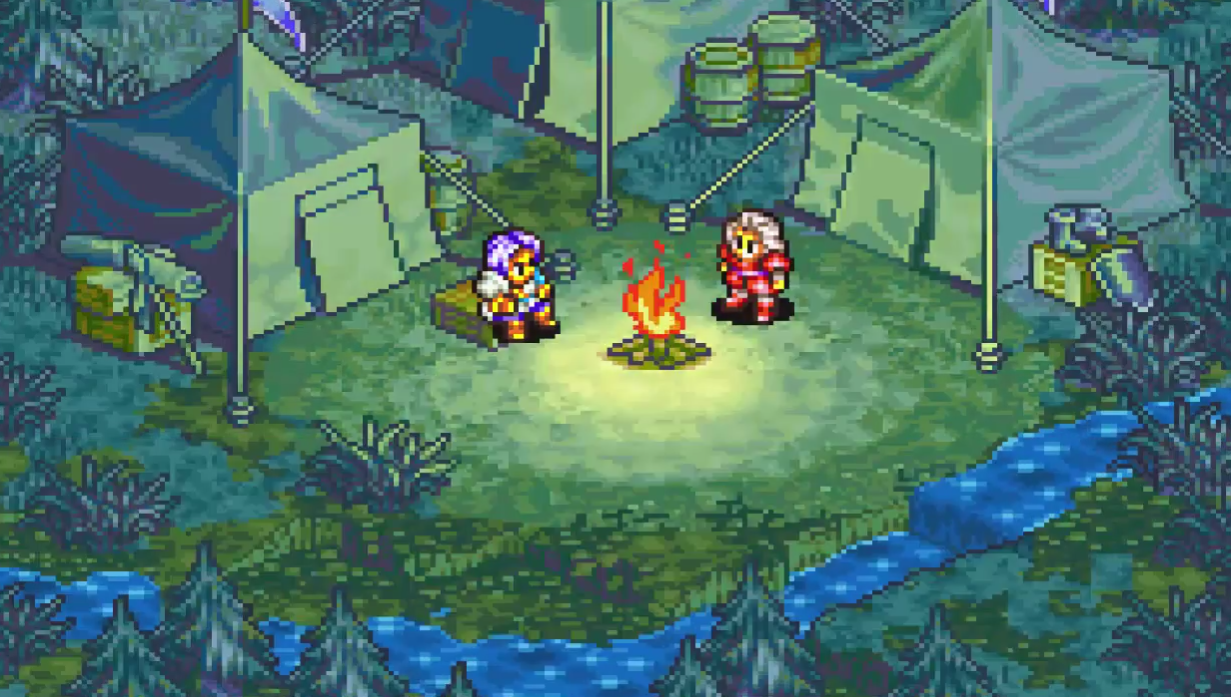
20. Tactics Ogre: The Knight of Lodis
2002 | Quest
The Final Fantasy Tactics series might get all the glory, but without many of those developers cutting their teeth on the Ogre Battle and Tactics Ogre series, there would never have been Final Fantasy Tactics. Knight of the Lodis was the last entry released in the epic fantasy series, with more classes and more customization than any of its predecessors. A deep story focusing on military and royal intrigue, with five different endings (that could change depending on several choices throughout the course of the lengthy story), makes Lodis one of the most replayable games on the GBA.
Sadly, developer Quest was absorbed into Square Enix soon after completing The Knight of Lodis, and while many key team members worked on later Final Fantasy Tactics games, Square has shown little interest in completing the Ogre Battle saga.
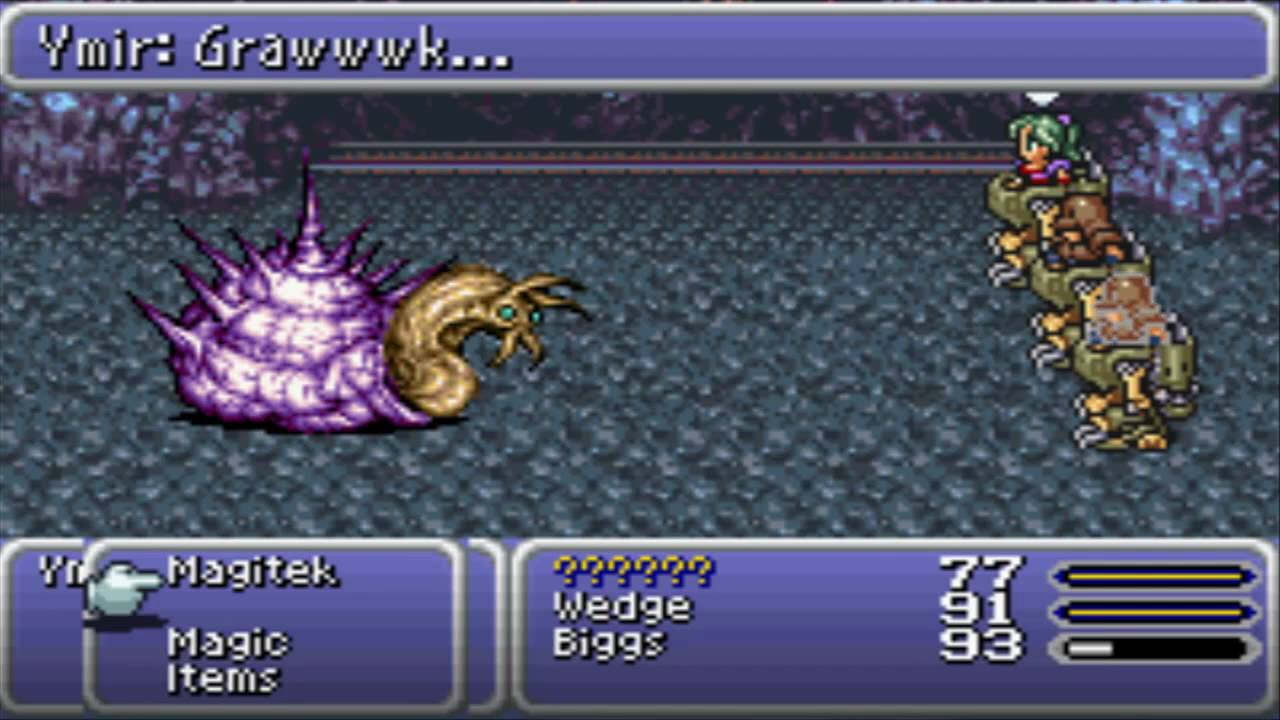
19. Final Fantasy VI Advance
2007 | Square
Final Fantasy VI is arguably the very best in the series, and the GBA port is the definitive edition of this classic. Unlike the recent controversial smartphone and PC ports, Square kept the original graphics but added two new areas, four new espers, three new spells, and a new enemy to this version. That’s in addition to quashed bugs and a better translation. This is still one of the most expensive GBA cartridges around, but it’s well worth picking up to experience the best possible version of the best Final Fantasy game.
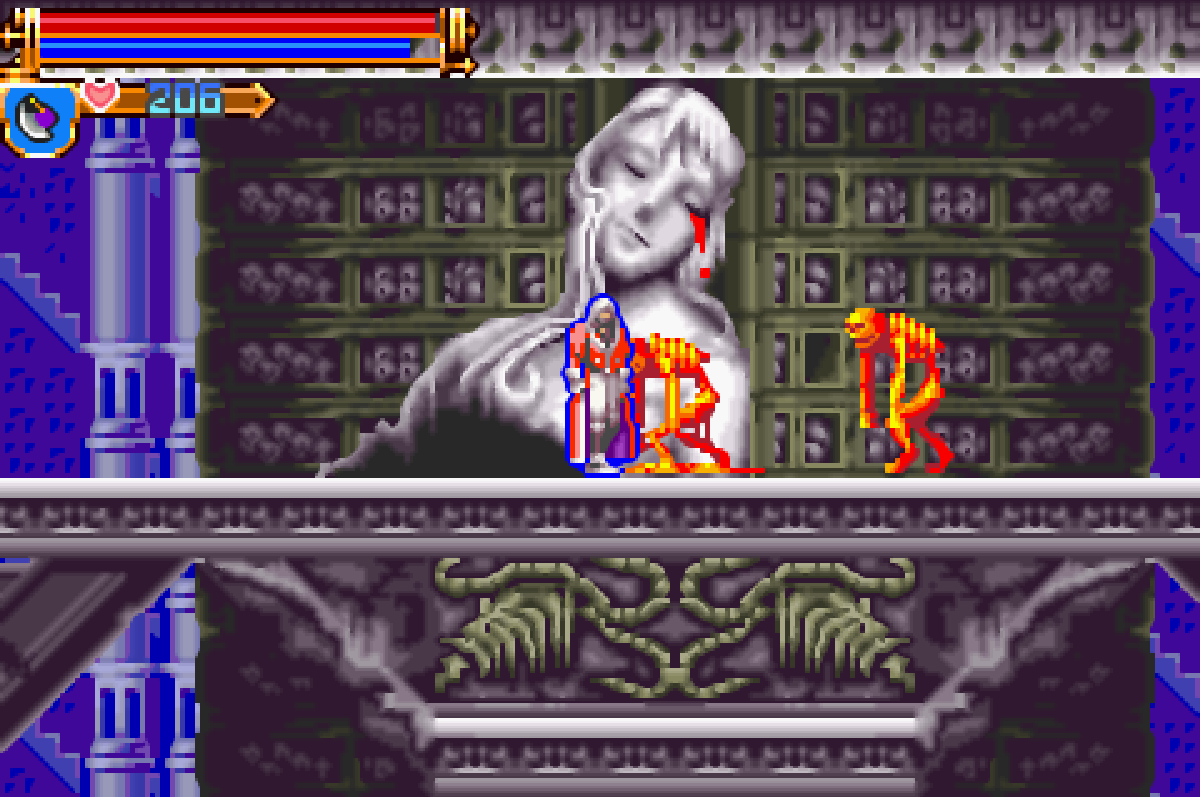
18. Castlevania: Harmony of Dissonance
2002 | Konami Computer Entertainment Tokyo
Harmony of Dissonance was the second of three Castlevania games released on the GBA. It’s easily the weakest of the trio, but still pretty good, taking heavy inspiration from the gameplay of Symphony of the Night. Unfortunately, the game focused too much on trying to apologize for the first GBA entry, Circle of the Moon. That game was criticized for being too dark on the original GBA, which lacked a backlight, so Harmony of Dissonance had bright, detailed graphics. Unfortunately, that meant less processing power was available for music. The soundtrack sounds like it belongs in an NES game, but it still has a certain charm.
The important thing is that Juste Belmont’s dash and spell-heavy attacks have held up well over the years, and the additions of a boss rush mode and a second playable character give Harmony of Dissonance some of the stronger replay value in the series.
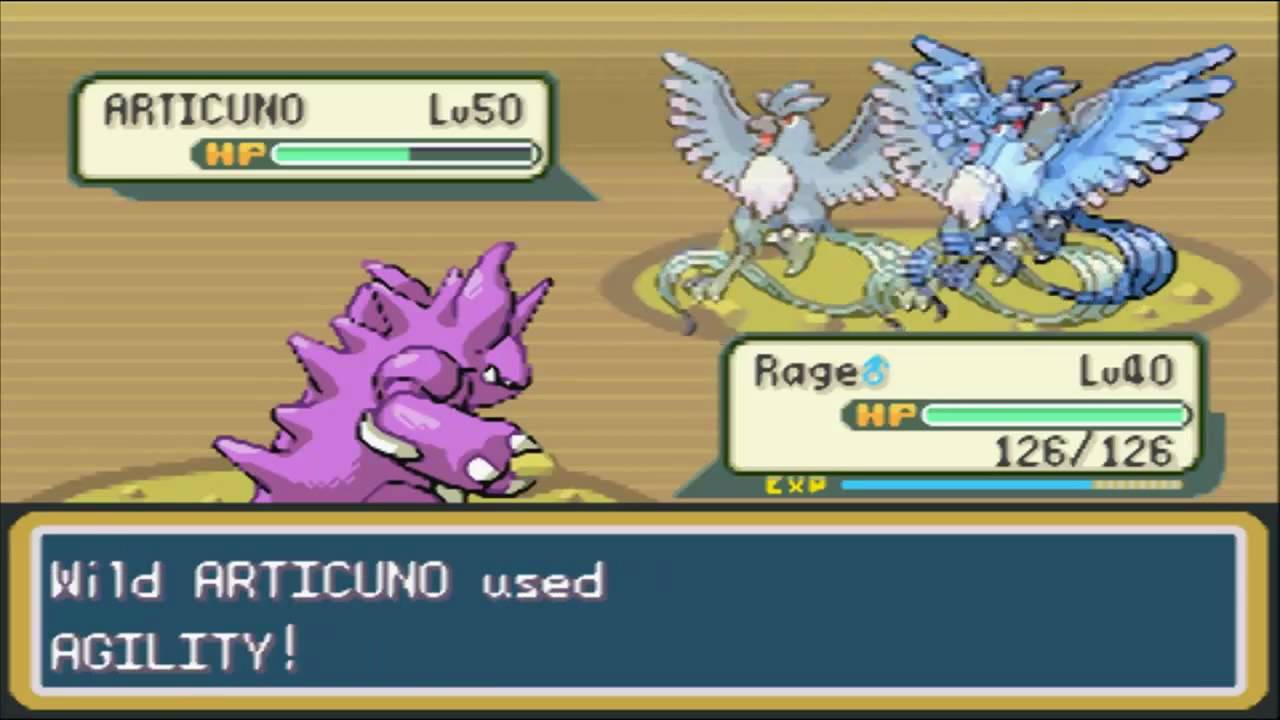
17. Pokemon FireRed/LeafGreen
2004 | Game Freak
You can’t talk about the best games on a Nintendo handheld without including Pokemon games. Nintendo’s first Pokemon entries on the GBA, Ruby and Sapphire are fine games in their own right but still felt a little disappointing compared to the previous entries. Those games are best experienced through their recent 3DS remakes.
But FireRed and LeafGreen are the real stars of the GBA era. These are remakes of the very first Game Boy Pokemon games, but with actual color and animation during battles. And once you beat the game, you can import Pokemon from Ruby and Sapphire. Nintendo brought the original Game Boy Pokemon games to the 3DS eShop recently, but the world really needs these games on there too with the ability to transfer GBA pocket monsters directly into the 3DS games.
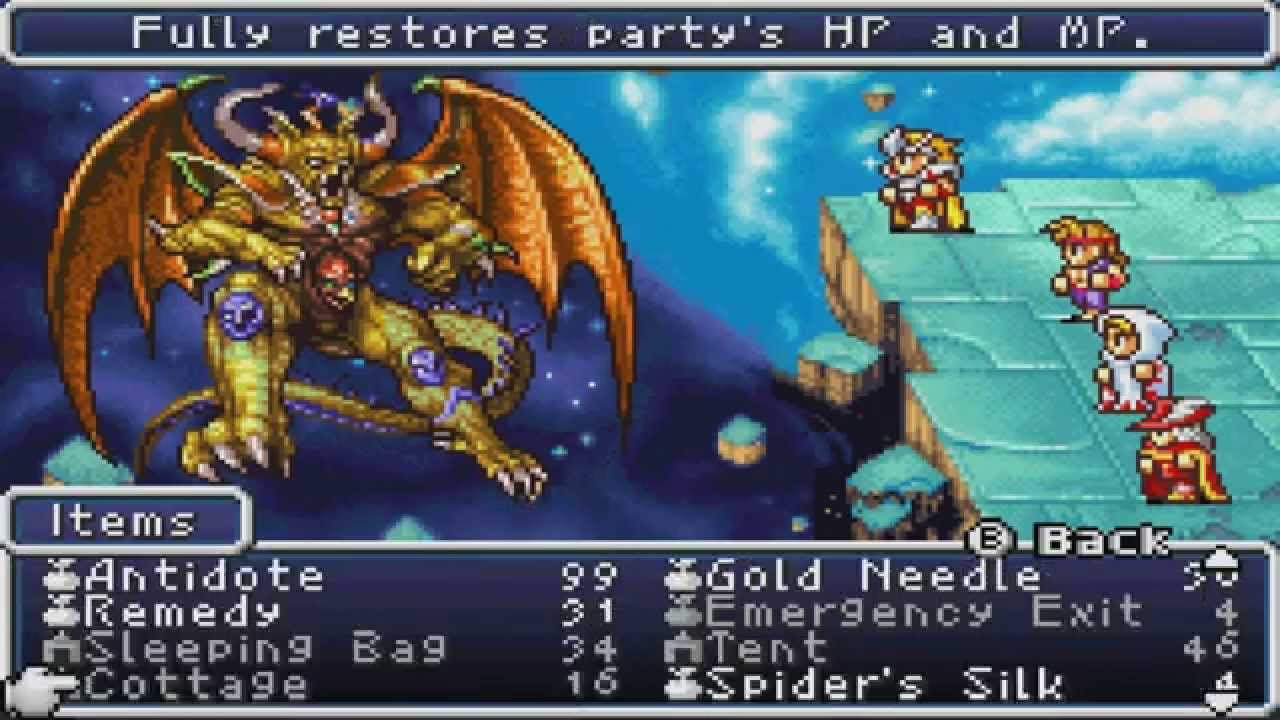
16. Final Fantasy I & II: Dawn of Souls
2004 | Square
Let’s be honest: a lot of NES games have not aged terribly well. The original Final Fantasy, in particular, is slow, plodding, and overly difficult if you try to play it in its original 8-bit form. Dawn of Souls fixed all of those problems with better pacing, faster combat, and beautiful 16-bit style graphics. There are even four additional dungeons thrown in for good measure, and of course Final Fantasy II, which was never released on the NES in North America.
These are simpler games than Final Fantasies IV–VI, which were also released on the GBA, but that’s part of the charm that makes them perfectly suited for portable gaming. These are among the best games to play in short spurts on the go, while the later games require quite a bit more focus. Pick up the later titles if you want to sit down with your GBA for a few hours. Get this to play while waiting in line somewhere.
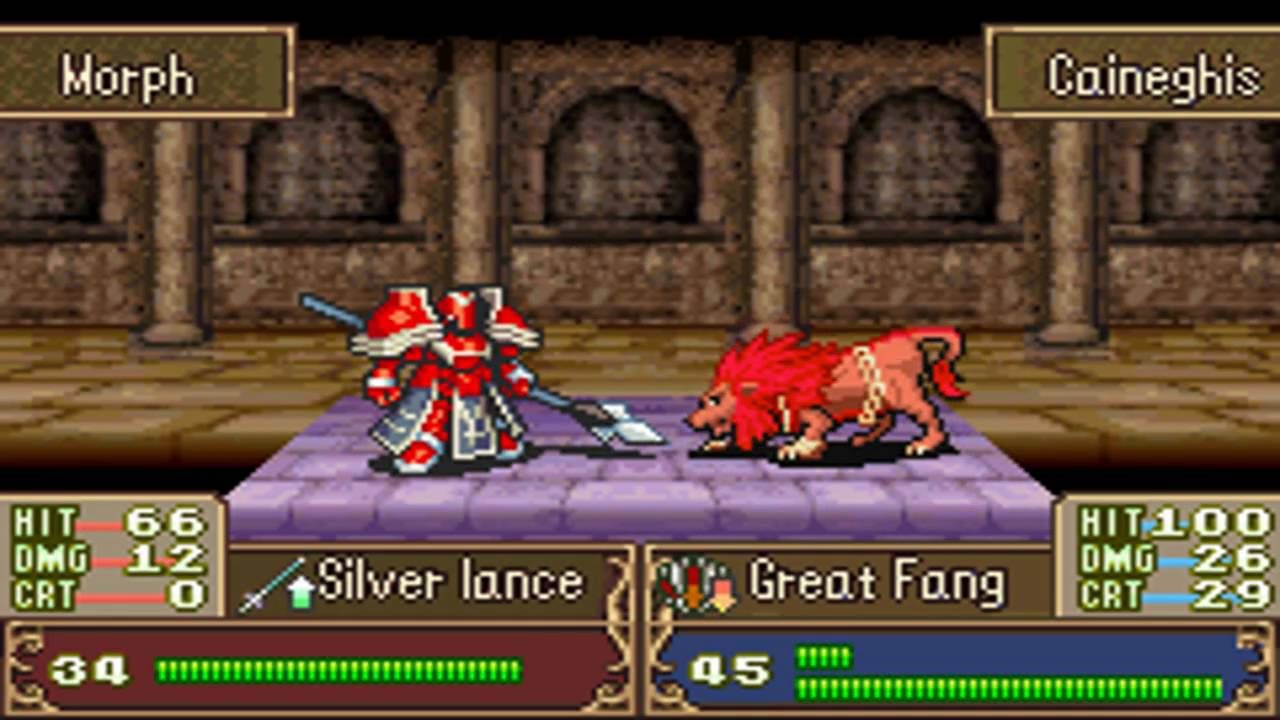
15. Fire Emblem
2003 | Nintendo
Fire Emblem may be a household name in North America now, but Nintendo stubbornly refused to localize the games for years. This is actually the seventh game in the Fire Emblem series overall, but the very first released in the U.S. That doesn’t make the game any less understandable, however, and the deep strategy gameplay, in all of its difficult permadeath glory, is still on full display here.
The recent 3DS entries in the series may be more accessible (and they certainly look a lot better), but this is still a great game to go back to in order to see the history of the series and explore its strategy RPG roots.
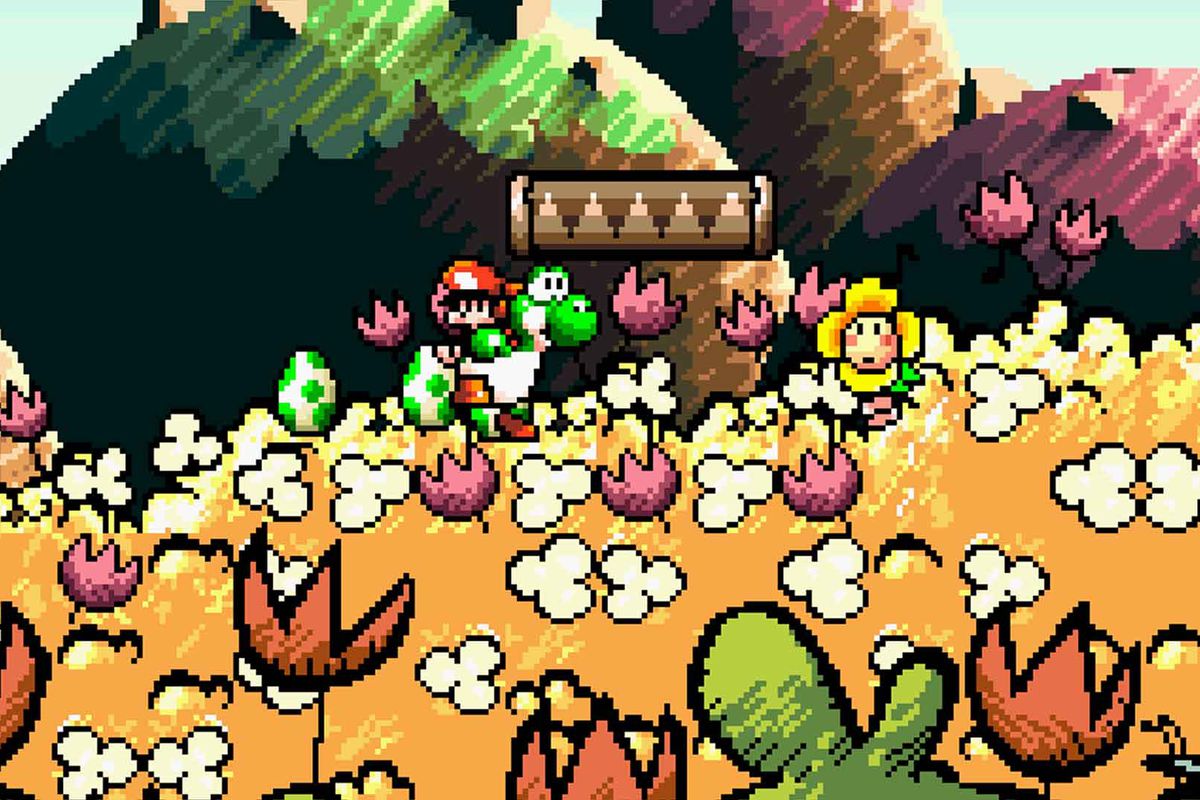
14. Super Mario Advance 3: Yoshi’s Island
2002 | Nintendo
Yoshi’s Island was first released on the SNES in 1995 when 3D graphics were starting to take off, thanks to the original PlayStation and the Sega Saturn. Unfortunately, that meant that its hand-drawn art-style wasn’t fully appreciated at the time, but the 2002 re-release on GBA gave the game a new lease on life to be appreciated as one of the greatest platformers of all-time.
This port crops the screen a little to fit the GBA’s display but makes up for it by adding eight fantastic new levels to a game that was already approaching perfection, to begin with. Nintendo has repeatedly tried to surpass this game with Yoshi sequels over the years, but still, nothing comes close to the original masterpiece.
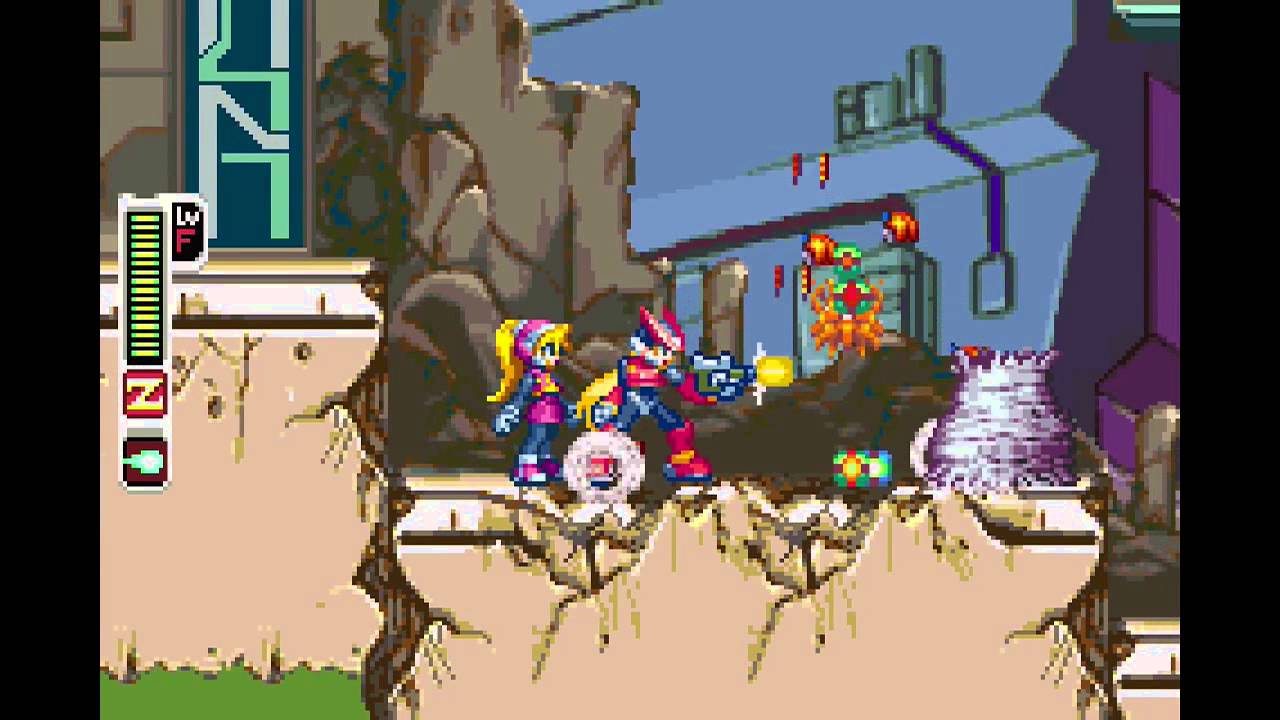
13. Mega Man Zero
2002 | Inti Creates
While the original Mega Man series will always reign supreme for many gamers, the Zero series is quite possibly the best spin-off. Picking up with Zero from the X series more than a century after those games, this game tweaks the classic Mega Man gameplay more than ever with upgradeable secondary weapons, mission objectives besides just defeating bosses, and Cyber Elves that can alter entire levels.
Despite those additions to the gameplay, the game is hardly a cake walk. In fact, by limiting Zero to three lives per mission, it’s easily one of the most difficult games among all of the Mega Man series. Capcom released three direct sequels to Zero on the GBA, and they’re all worth playing, though none are drastically different from the original, which is still the best starting point.
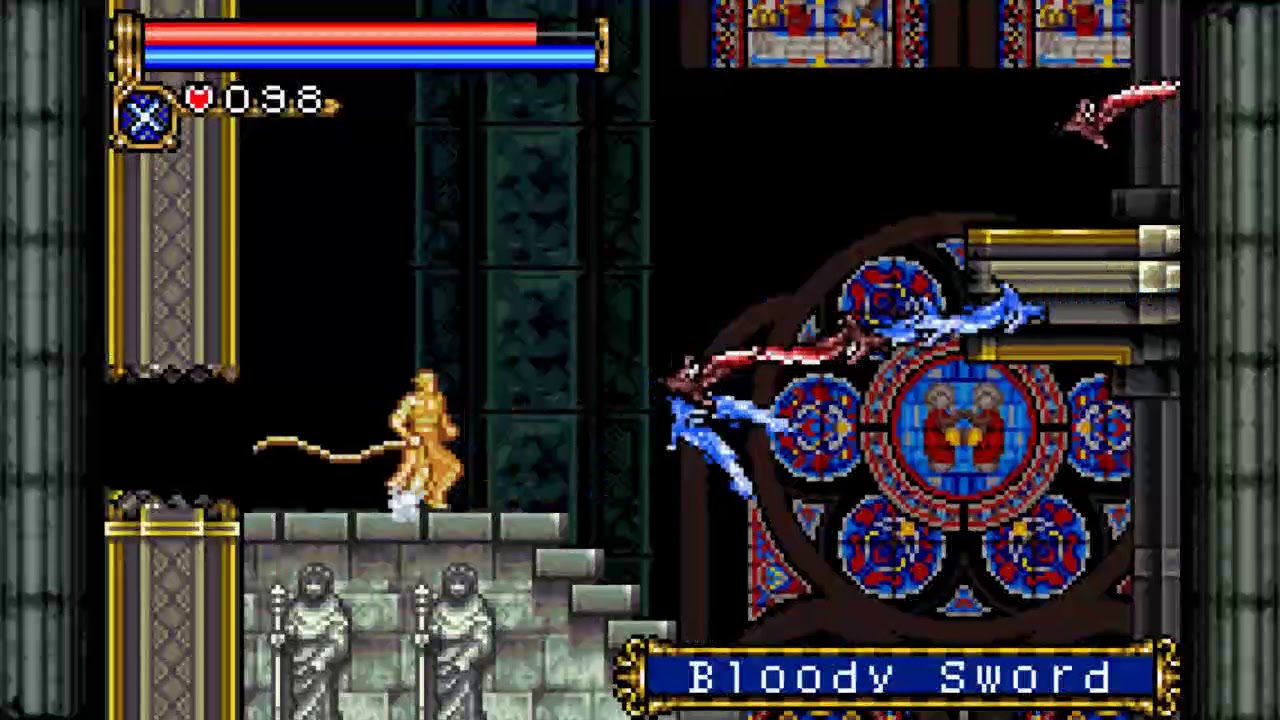
12. Castlevania: Circle of the Moon
2001 | Konami Computer Entertainment Kobe
Circle of the Moon was easily the best GBA launch title, and it held up surprisingly well throughout the handheld’s lifetime. The game kept the huge, nonlinear map of the previous game in the series, Symphony of the Night, while focusing on classic whip combat from the earlier entries. The new Dual Set-up System focused on combining magic cards found throughout the castle.
Yes, the game was infamously too dark to see on the original GBA, but if you play it now on a backlit GBA SP or the Wii U, this isn’t a problem, so you can finally enjoy this challenging, lengthy adventure properly.
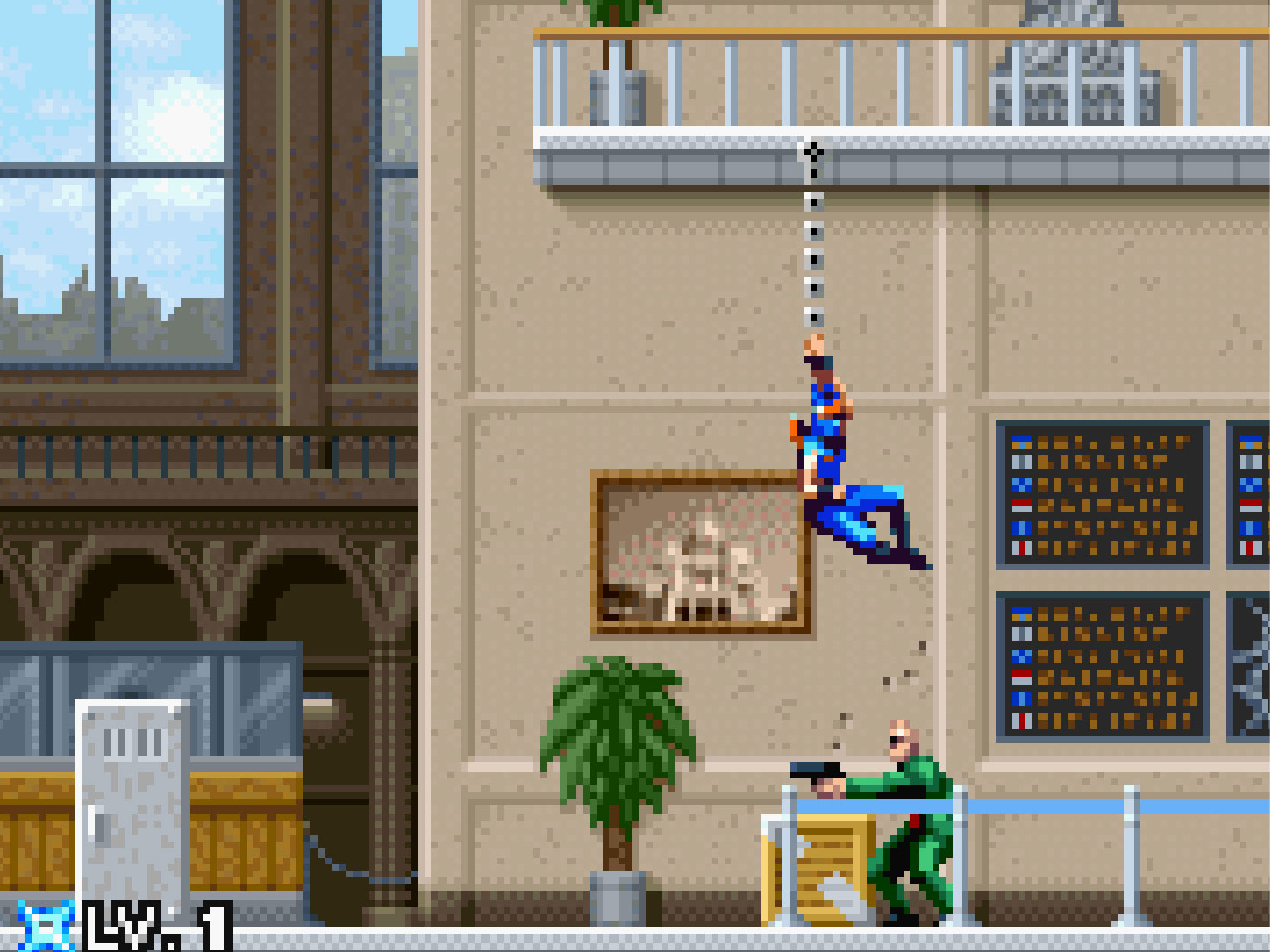
11. Ninja Five-O
2003 | Hudson Soft
Konami released the best action platformer you’ve never heard of right in the middle of the GBA’s lifespan. Ninja Five-O is like a faster, modern Shinobi. The story doesn’t make much sense other than you’re a ninja who has to stop bad guys, which is honestly enough for a game like this. Armed with shurikens, a sword, and screen-clearing ninja magic, you take on dozens of armed goons through the game’s six stages. It’s short, but oh so satisfying.
Despite its quality gameplay, the game has never been officially released on another platform. There’s no telling exactly how many copies of the original were manufactured, but between the positive buzz and apparent low print-run, demand has sent prices through the roof on the secondary market. Expect to pay over $100 for just the cartridge alone, and maybe three times that if you’re looking for a complete copy. Even at those prices, Ninja Five-O is still worth checking out.
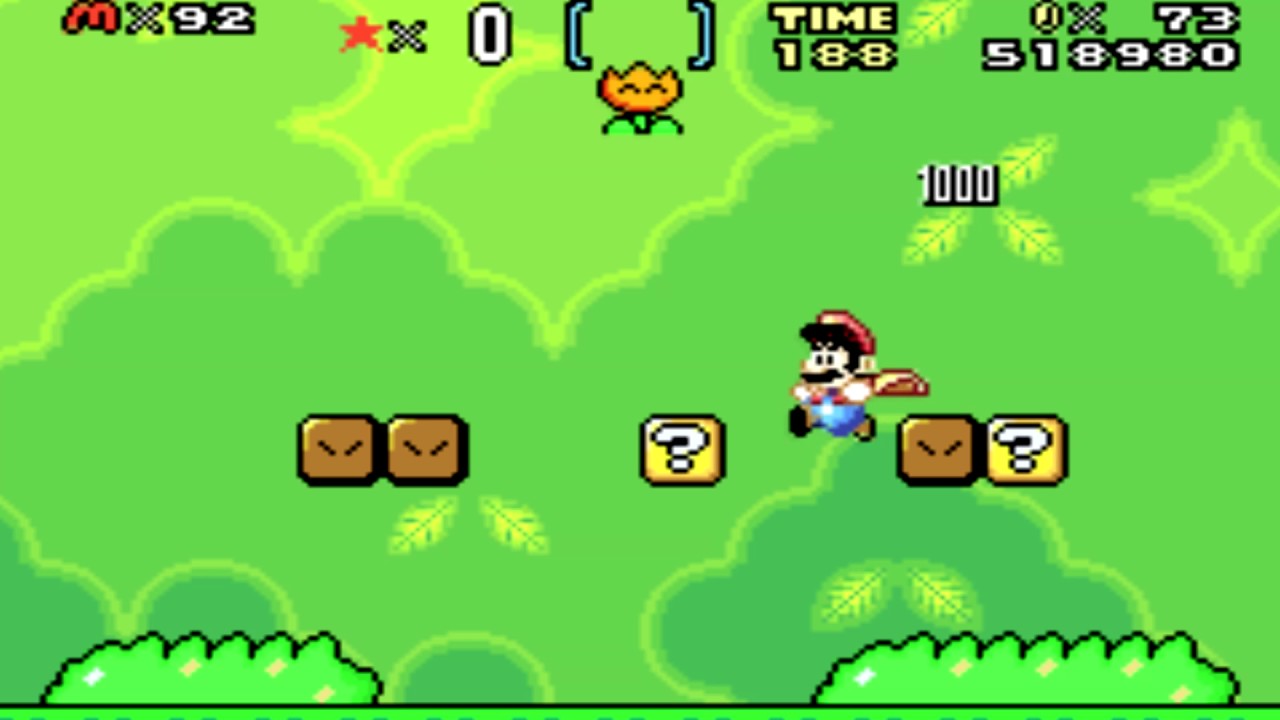
10. Super Mario Advance 2: Super Mario World
2002 | Nintendo | GBA
Unlike a lot of other SNES ports to the GBA, there were no major changes made to Super Mario World in bringing it to the handheld. If you select Luigi, he now jumps higher and runs slower for a slightly different experience, but that’s about it (plus the obligatory Mario Bros. remake that was included with all Mario Advance games).
But really, that’s fine. Super Mario World is such an amazing game that it didn’t need a ton of new levels or characters to convince people to pick it up. Whether you play it on the SNES or the GBA, it’s just one of those games that need to be experienced by anyone who considers him/herself a hardcore gamer.
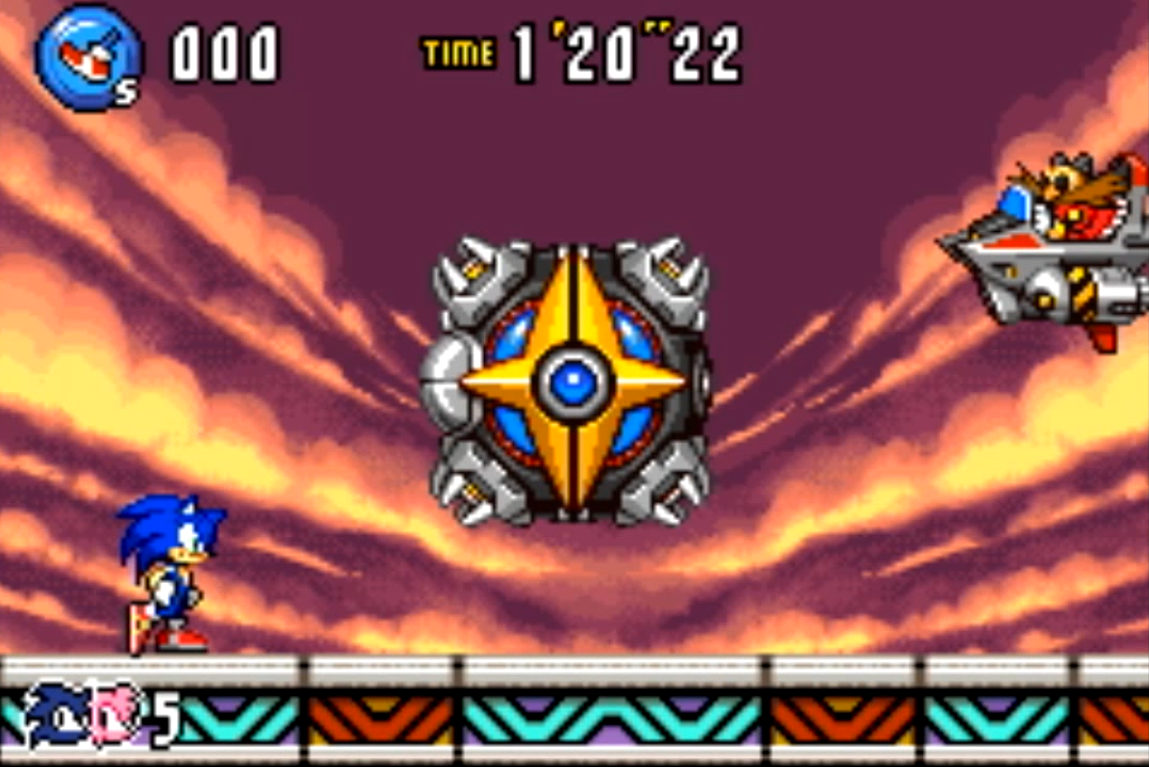
9. Sonic Advance 3
2004 | Sonic Team
The early 2000s were arguably Sega’s last gasps of greatness, and Sonic Advance 3 is one of the last great Sonic games before the blue blur fell into mediocrity if not complete irrelevance. Building on the previous two games in the series (both of which are also great), Sonic Advance 3 includes five playable characters. You pick any two at the start of each stage, which changes the abilities you can use in that level. It’s sort of a modified version of how Sonic and Tails worked together in the later Genesis titles.
The more cartoonish art-style and huge levels make Sonic look better than ever, and that includes some of the more recent games he’s starred in. In the past few years Sega seems to have forgotten what originally made Sonic great, but going back to his GBA games would be a good start to figuring out how to make better Sonic games in the future.
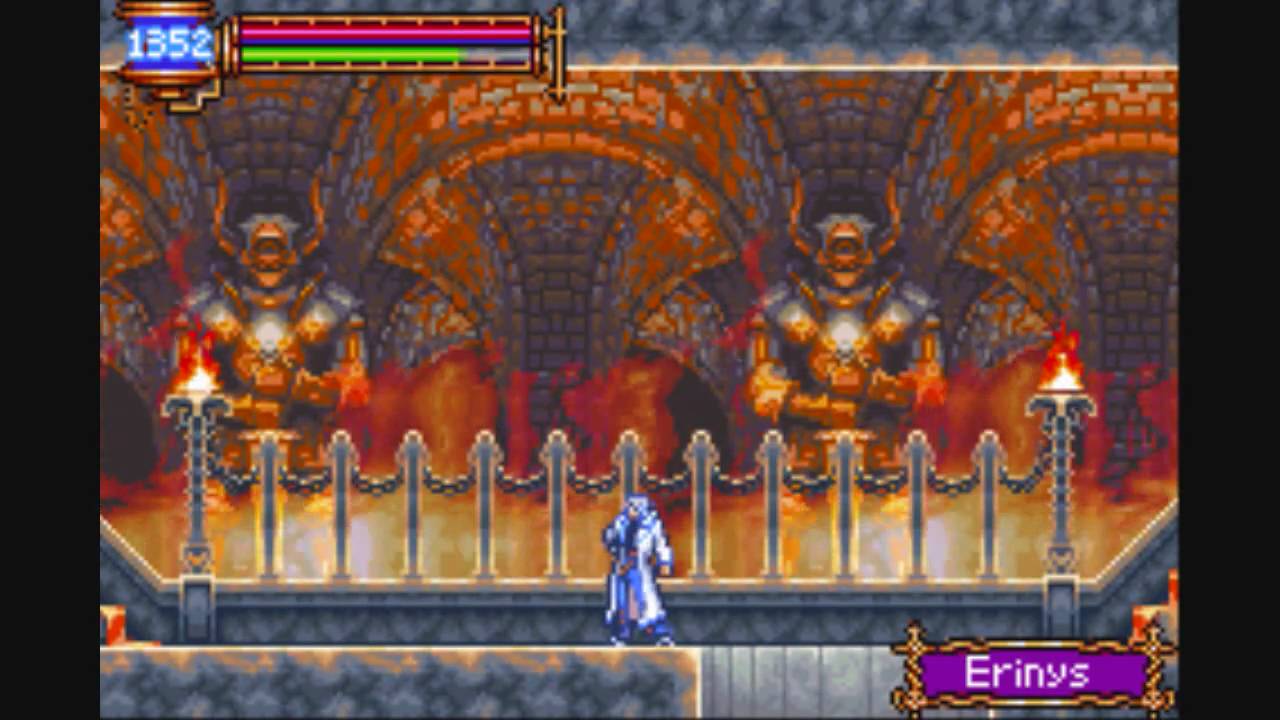
8. Castlevania: Aria of Sorrow
2003 | Konami Computer Entertainment Tokyo
The third and final Castlevania game on the GBA managed to fix all the issues with the prior two games to create one of the best titles in the entire franchise. The graphics are crisp and detailed like in Harmony of Dissonance, but the game actually has a great soundtrack too like Circle of the Moon. The game has a fantastic map, and Konami also introduced the innovative soul system. It could take a while to farm the right souls from enemies, but almost every monster in the game gives you an ability that can be used on your quest to reach the master’s chamber.
Notice that I didn’t say “quest to defeat Dracula.” Aria of Sorrow is set in 2035, which actually makes the story quite a bit different from other entries in the series, including one particular twist that’s among the best in video game history.

7. The Legend of Zelda: A Link to the Past
2002 | Nintendo
As with Super Mario World, Nintendo didn’t change a whole lot when bringing one of the best games of the 16-bit era to the GBA. A Link to the Past is still arguably the greatest game of all time on GBA, but this version comes with the first Four Swords adventure as well.
Multiplayer Zelda has always been slightly controversial among fans. It can be a lot of fun going through dungeons together, but Nintendo has never made it easy for fans to play these levels. In this case, you’ll still need to gather four GBAs, four A Link to the Past cartridges, and a link cable to get it to work. Yeah, that’s a bit of a hassle, but at least the single-player game holds up and doesn’t require dropping $100 on decade-old technology.
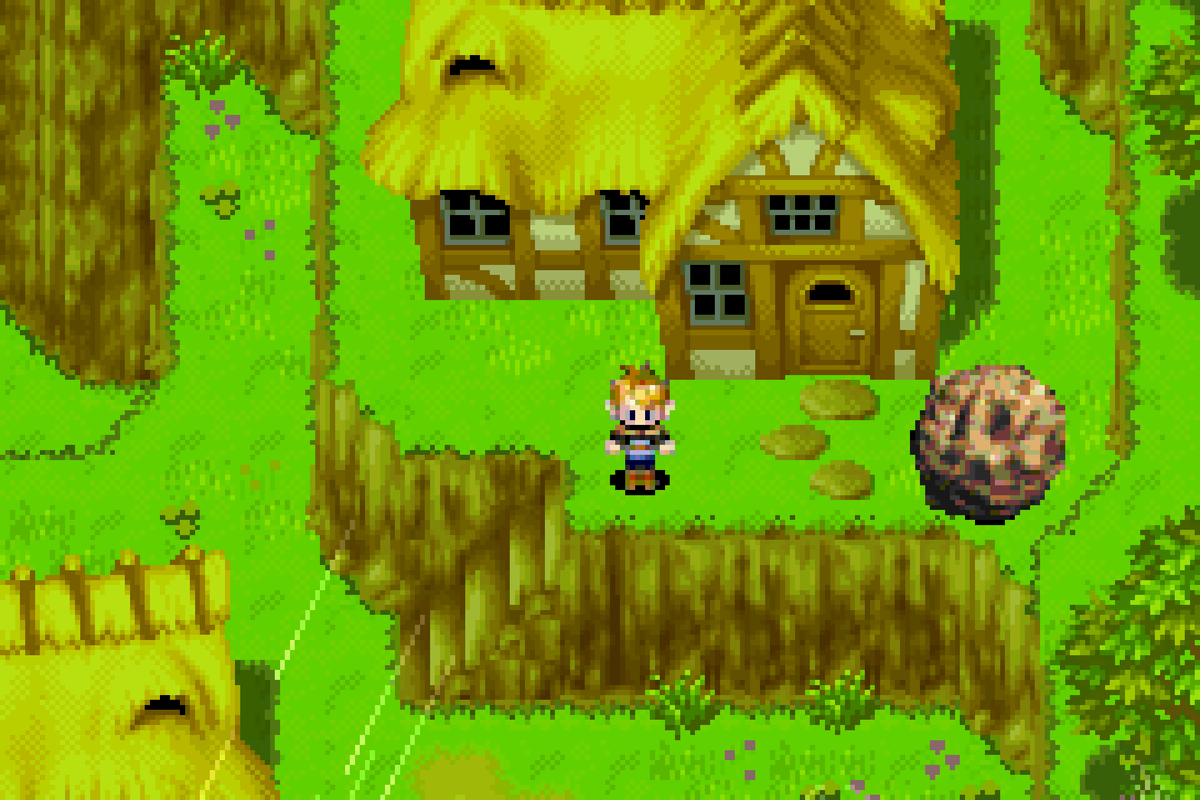
6. Golden Sun
2001 | Camelot Software Planning
The GBA was home to a lot of great ports of older RPGs, but this original adventure is easily the very best RPG on the system. Golden Sun’s story and puzzles may be simple, but figuring out which Djinn to set to which character required a fair bit of strategy, and the magic and summon animations are among the very best graphical effects on the handheld.
The sequel, The Lost Age, feels more like the second half of one complete game and is pretty much required playing after Golden Sun. You can even transfer characters and items between the two titles, a feature seen all too rarely in modern RPGs.
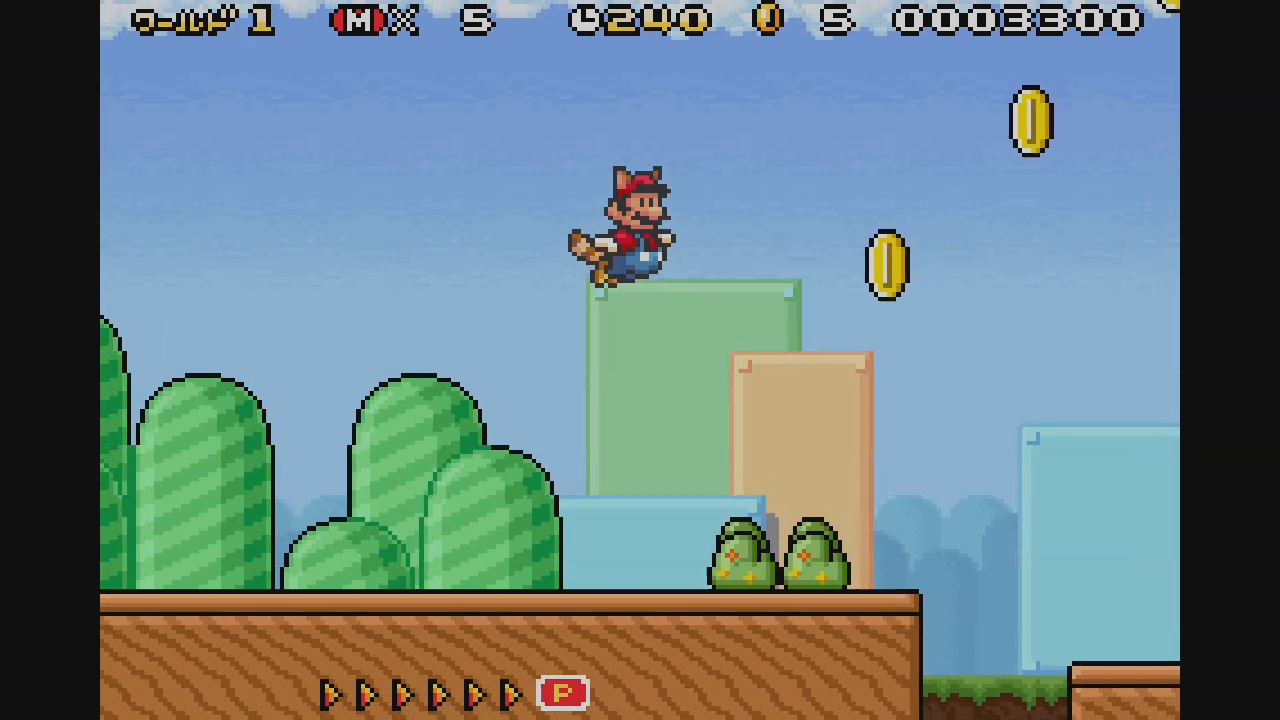
5. Super Mario Advance 4: Super Mario Bros. 3
2003 | Nintendo
Nintendo fans will always argue whether Super Mario Bros. 3 is superior to Super Mario World, but there’s really no denying that Super Mario Bros. 3 got the better GBA port. The graphics are completely remade from the NES original. Mario is actually blue and red instead of black and burgundy like he was always meant to be, and the fire flower power-up doesn’t give him that weird red tint. These are welcome changes, and the ability to save the game makes it a little bit easier to play through, but the real highlight here is the e-reader support.
The e-reader was one of those goofy Nintendo peripherals that no one really bought, and was mostly useless except for one or two games. By attaching it to a second GBA and scanning proprietary cards into it, you could transfer it to a cartridge in a second GBA and unlock new content in a handful of games. In most instances, this was pretty useless, but in Super Mario Bros. 3, it meant the addition of 32 brand new stages and even the cape from Super Mario World. Sadly, Nintendo didn’t include this content in the Wii U re-release, and tracking down and purchasing all the cards online requires a decent investment, so hopefully, Nintendo will consider releasing a truly complete version of Super Mario Advance 4 on the Switch.
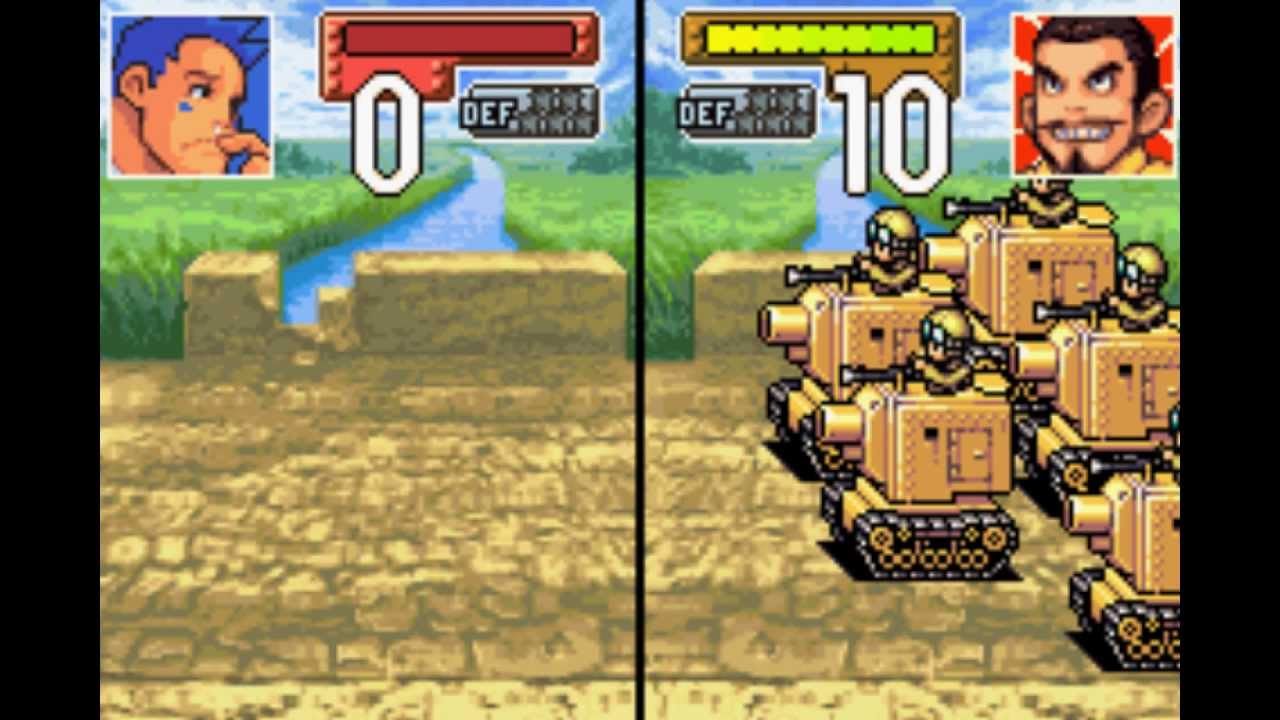
4. Advance Wars
2001 | Intelligent Systems
Nintendo isn’t the first company to come to mind when you think “hardcore military strategy sim,” yet the company’s forays into the niche genre are among the very best out there. Sure, the graphics are cartoony and the stories are much lighter than what you might find in many PC games, but there’s real depth in Advance Wars when it comes to building armies, taking cities, and moving the best units into place to counter the enemy. It’s kind of like Fire Emblem with tanks.
Advance Wars and its sequel, Black Hole Rising, arguably hold up better than any other GBA games, and they’re both readily available on the Wii U right now. It’s a shame that Nintendo hasn’t released a new entry in the series since 2008’s Days of Ruin for the DS.
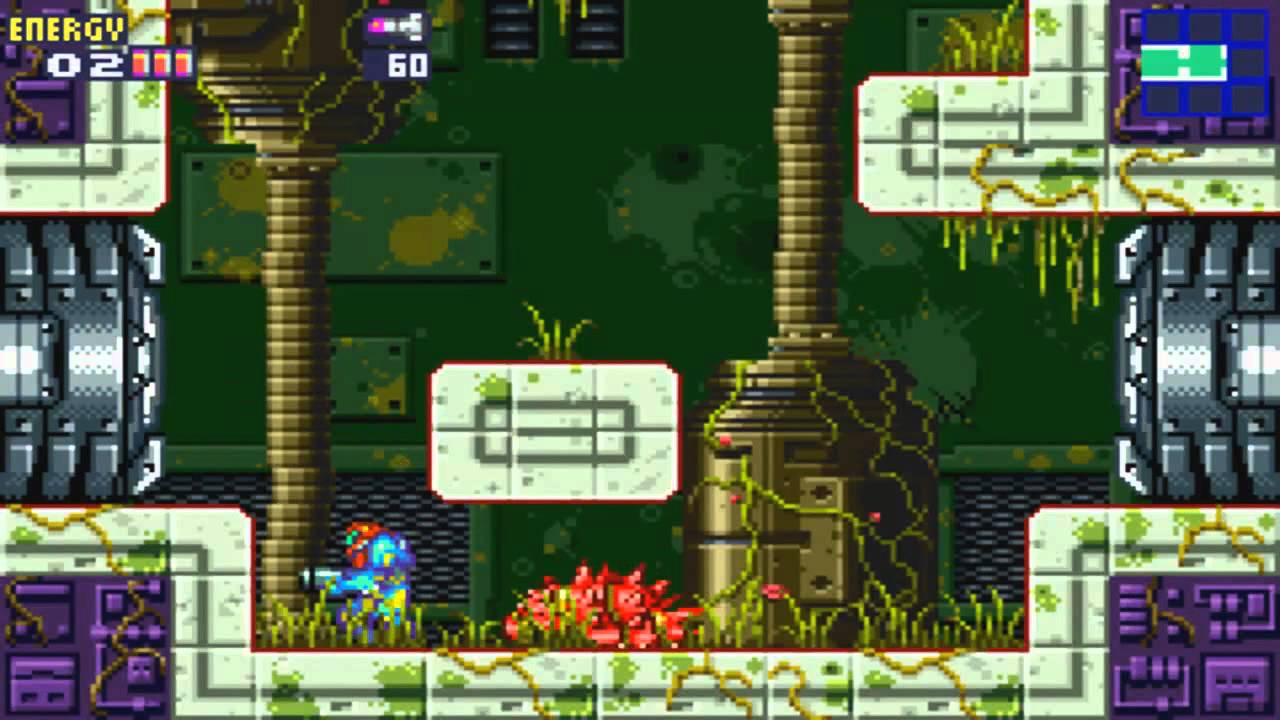
3. Metroid Fusion
2002 | Intelligent Systems
Speaking of neglected Nintendo franchises, perhaps the only one more mysteriously forgotten than Advance Wars is Metroid. While Nintendo’s home consoles spent the 2000s doing a fine a job of exploring Metroid in the third dimension, Fusion arrived in 2002 as the true sequel to the beloved Super Metroid. The game does hold your hand more than its predecessor, but there’s still no shortage of secret areas, and unlocking new abilities in the fight against X parasites is a real joy.
While Fusion may not quite top Super Metroid, its gameplay is still top-notch in the Metroidvania genre. The story also does a fine job of moving the Metroid saga forward, as this is the last game in the series chronologically. Hopefully, Nintendo will finally give us a proper sequel to Fusion soon. It’s already been 14 years since it came out.
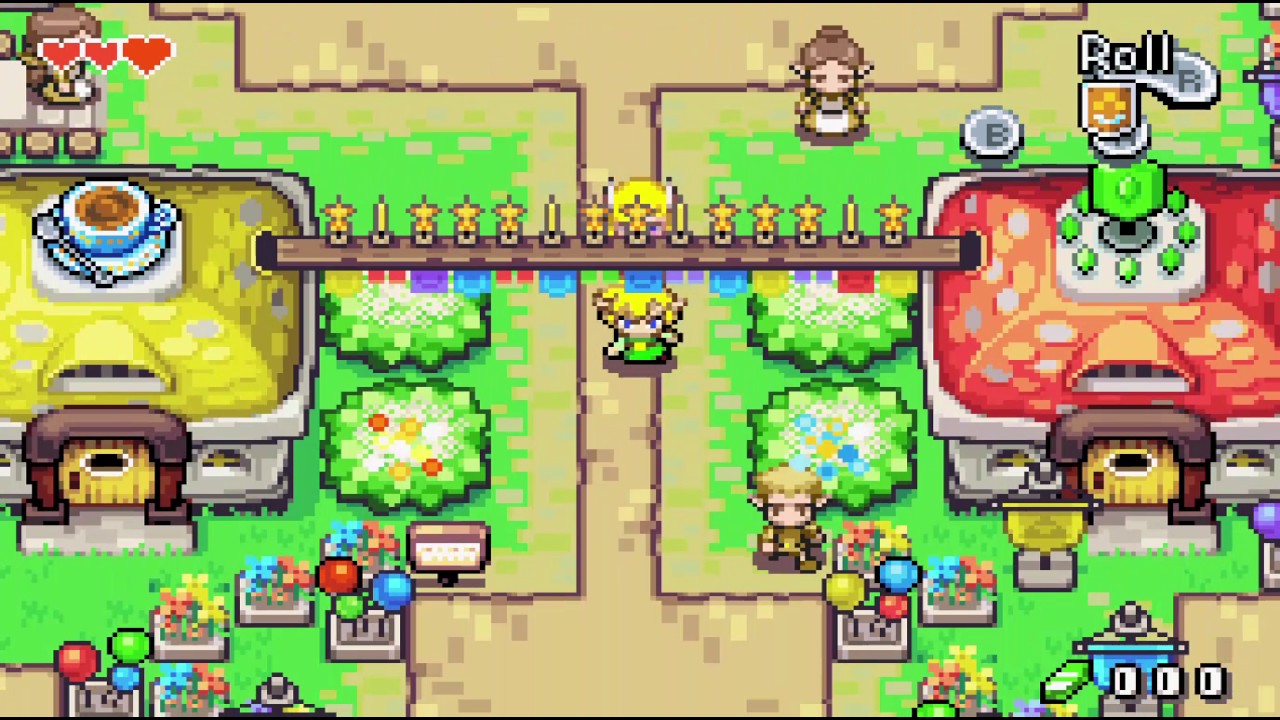
2. The Legend of Zelda: The Minish Cap
2005 | Capcom
It’s a fair criticism of the Zelda franchise that many of the games are too similar, which is a real shame because some great things have come from letting developers experiment with the land of Hyrule. For The Minish Cap, Nintendo actually handed development off to Capcom, which crafted a unique take on Link, emphasizing the ability to shrink and grow as necessary in the environment. Main franchise antagonist Ganon is given a break here, as evil sorcerer Vaati takes center stage, and the game finally explains the origin of the Four Sword that takes center stage in the multiplayer Zelda games. You know, for the four people who were actually able to get everything together to play it in A Link to the Past.
The Minish Cap looks a little different and plays a little different from the other 2D Zelda games out there, and most of those changes are for the better. This is an accessible, fast, yet ultimately too-brief adventure, which is its only real problem.
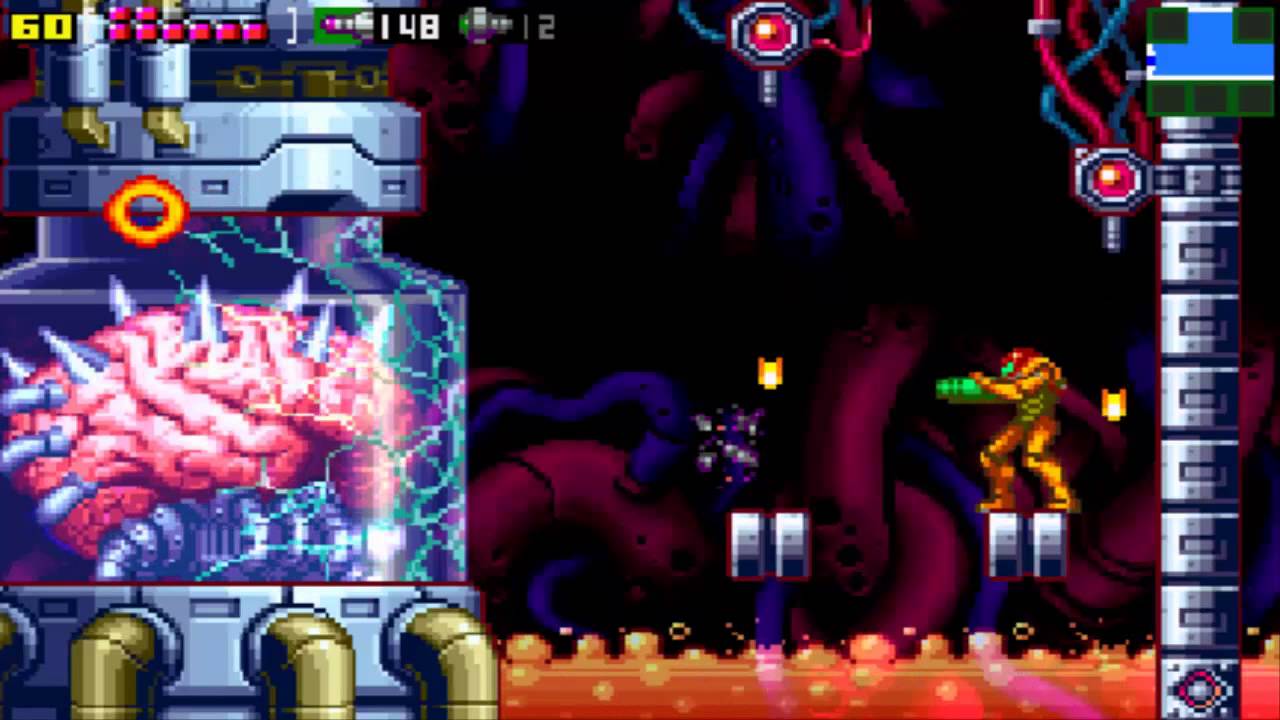
1. Metroid: Zero Mission
2004 | Nintendo
The GBA was a system full of ports and remakes. That’s not always a good thing (as the huge number of last-gen ports to the PS4 and Xbox One have recently illustrated), but when those remakes are done as well as Zero Mission, it’s hard to complain. The original NES Metroid was great for its time, but by the early 2000s, it felt clunky, confusing, and overly difficult to most gamers. Zero Mission solved all of those problems.
This is the original Metroid with the graphics and faster gameplay of Metroid Fusion. The combination of the classic music and layout of the original with modern gameplay is simply stunning. Nintendo also fleshed out the story a little bit better to tie it into the Prime games, and added in completely new areas, including a section near the end of the game where Samus must survive without her iconic power suit. It’s a short game, but that really just means there’s no filler, and it’s easy to play over and over again to uncover every last secret and beat your previous times. Metroid: Zero Mission was the GBA at its absolute best.


